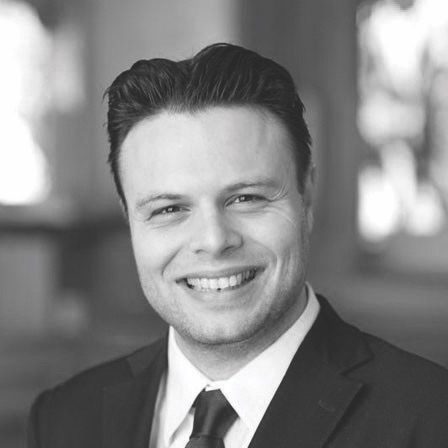
Should you find yourself in Jerusalem as the fast of Tisha b’ Av sets in, you will experience a veritable ghost town, a city enwrapped in Jews’ ancient, timeless melancholy and grueling lamentations, and darkened by mourning and bereavement.
But five nights later, everything changes. It’s now Tu b’Av, the holiday of love — the Jewish tradition’s alternative to Valentine’s Day. In days of old on Tu b’Av, the daughters of Jerusalem would dress in white and dance in the fields in search of a suitable spouse.
Why is it that Tisha b’Av takes such a prominent place in our spiritual consciousness, but Tu b’Av has been marginalized to what our sages call, in rabbinic Hebrew, “keren zavit” (the obscure corner)?
Much of the dichotomy has to do with the Halachic codes and the aftermath of the Holocaust. But is it not time to re-energize what kabbalist Isaac Luria called a “vacant space” for the Jewish holiday of love?
Love as a verb is the opening word of the primary paragraph of the Shema, and Abraham is embraced by God as “the one who loves Me.”
In Hebrew, the word for love, ahavah, carries the same gematria (value in rabbinic numerology) as the words echad (one, or unity) and da’aga (heartfelt concern for another person).
In Tractate Yoma, the Talmud reminds us that spiritual transformation experienced through true love is the most sublime existential state attainable for we mortals.
Erich Fromm — one of the greatest psychoanalytic minds of the 20th century, a Holocaust survivor, and a towering Talmudist in his youth — examined love’s presence in humanity in his irreplaceable book, “The Art of Loving.” Although exposed to more than his fair share of death and acts of genocide, Fromm observed that mankind steadfastly covets life. He concluded that our capacity for love was the force behind this strong yearning for life.
The first psalm Jews read during weekday morning services is Psalm 30. We thank the Almighty for having “turned our eulogy into a dance.” This is what our people achieved when, some 800 days after the ovens in Auschwitz were shut down, the United Nations voted to establish the Jewish state in Israel.
We are all called upon to make this transition from death to life and love, despite the interminable material and psychological challenges of life. The transition from Tisha b’Av to Tu b’Av, from death to love, is indeed the transition from a eulogy into a dance of Psalm 30.
It is time for us to reassert Tu b’Av’s worthy place in Jewish life. In an age of unprecedented political polarization and religious schism, all of humanity thirsts for this glorious, imperative transition from death to love.
Love empowers humanity to rise above the weariness of our tragic collective history and the challenges of our increasingly volatile present.
Honor both Tisha b’Av and Tu b’Av and embark on the epic journey from death to love to infinity.
Rabbi Tal Sessler is senior rabbi of Sephardic Temple Tifereth Israel. He is the author of several books dealing with philosophy and contemporary Jewish identity.





















 More news and opinions than at a Shabbat dinner, right in your inbox.
More news and opinions than at a Shabbat dinner, right in your inbox.